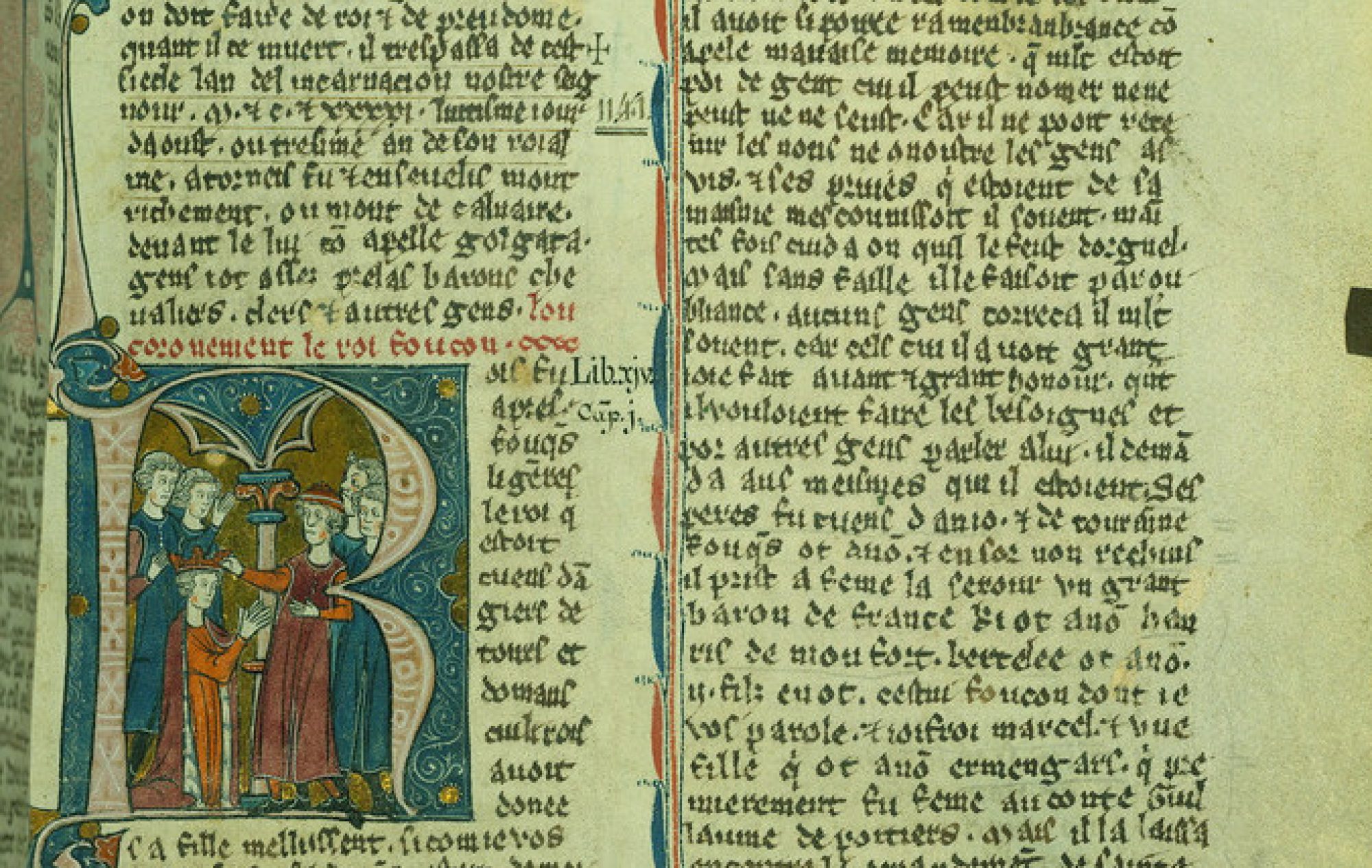Prester John is recognized as a legendary king-priest, and in fact is a fictional historical figure of the Medieval period. Believed to have been born during the 12th century, explorers and historians perceived him to be the wealthy and powerful ruler of “a marvellous oriental empire”1 In addition, he was thought to have been a Nestorian, meaning that he would have been “a member of an independent Eastern Christian church that did not accept the authority of the patriarch of Constantinople.”2 This attribute is significant when considering the context of the time as his Nestorianism sheds light upon the hostility between the Byzantine Church and the Roman Catholic Church (which is supported by Prester John). What is more, he is said to be a descendant of the Magi: noble Pilgrims in the bible or “Three Wise Men.”3 Prester John’s association between him and members of the Bible reinforces his piety and his support of the Roman Catholic Church. Being known as a powerful ruler of the east, the search for Prester John became a mission.

- Image of Prester John in a map of East Africa10
Historians describe Prester John with power and importance (e.g. Otto Freising) as his legend was born, ultimately impacting and shaping the Christian world. For instance, he was a “symbol of the church’s universality” and his famous letter gained popularity in the time of European exploration as a result of the invention of printing.4 This, in turn, influenced European exploration and gave rise to the search for him and his kingdom. In regards to the significance of the king-priest, one must address the context of his “existence”. The legend arose during the period of the Crusades, (see Context)5 and was significantly associated with Christianity (e.g. the Magi and St. Thomas). This being said, Prester John’s influence and power are exposed within his famous letter; in which he states his intentions of travelling to Palestine to combat alongside his armies. His incentive of pursuing this journey with his armies is to fight the Muslims in order to regain the Holy Sepulchre, which is the tomb in which Jesus was buried.6 Consequently, the symbol of Prester John became a beacon of faith and change. Prester John represented a symbol of hope for Crusaders and even offered aid to struggling Crusaders within his letter as outlined by his intention of regaining the “Holy Land”7: “Every year we undertake a pilgrimage, with retinue of war, to the body of the holy prophet Daniel which is near the desolated site of Babylon”
Moreover, the significance of the letter also lies in its ability to demonstrate the universality of Christianity and how the word of God could be spread across new demographics.8 Therefore, Europeans could spread their beliefs throughout geographic areas such as Argon and Portugal as they searched for the Prester. Moreover, expanded exploration can be attributed to the search for Prester John and his kingdom, as his appeal (of power and victory) led explorers to begin the search for the legend. In fact, explorers have attempted to find and identify his territory and kingdom, frequently believed to be located in Africa or Asia (see Geography). Consequently, the idealized and utopian kingdom that is associated with Prester John resulted in the further exploration of Eastern territory. This ultimately caused a boom in the cartographic industry, again furthering European exploration.9 Overall, the legend of Prester John had a significant impact on Christianity as he represented a new hope and optimism in the Roman Catholic Church.
-
- Keagen Brewer, Prester John: The Legend and its Sources (Farnham, England: Ashgate Publishing Limited, 2015), 1.
- Ibid, 268.
- Cates Baldridge, Prisoners of Prester John: The Portuguese Mission to Ethiopia in Search of the Mythical King, 1520-1526 (Jefferson, North Carolina: McFarland and Company, Inc, 2012), 9.
- Andrew Kurt. “The search for Prester John, a projected crusade and the eroding prestige of Ethiopian kings, c.1200–c.1540,” Journal of Medieval History 39, no. 3 (2013): 297-320. doi: 10.1080/03044181.2013.789978
- Brewer, Prester John, 29.
- Ibid.
- Ibid.
- Ibid.
- Ibid, 323.
- Diogo Homem, Prester John, 1558, photograph, 338 × 346 pixels, British Library, United Kingdom, Manuel_I_Comnenus.jpg.
